Most experts agree that glassware production from the late-19th to the mid-20th century is the glassmaking pinnacle, making pieces from that era highly collectible. You can meet many antique glassware collectors in the US, but you need to make an effort to become one of them.
In general, everyone can admire these beautiful pieces, but it is crucial to learn ways of antique glassware identification to value them appropriately. The best tactic is to look for embossed markings and feel the dish weight. Then, it is necessary to recognize each type, pattern, and shape. Let’s see.
Table of Contents
What Is Antique Glassware?
Antique glassware is practical and decorative dishes and art pieces created in the late 1800s. You can find different types available on the market, including bowls, vases, glasses, and plates.
Items of various designs and patterns produced from the late 19th to the mid 20th century were the pinnacle of glassmaking, making them collectible. Nowadays, you can consider every piece of glassware more than a century old an antique.
Ways to Identify Antique Glassware
Antique glass is a group of different glassware types manufactured over centuries. You can recognize them thanks to a few crucial features.
Crystal or antique glass
The crucial step is determining whether you look at a crystal item or antique glass. The best way to differentiate them is by gently tapping the piece since the crystal sounds like a bell. It has sharp edges and produces a prism effect.
On the other hand, antique glass is heavier, and you can notice patina, bubbles, delicate irregularities, and a pontil mark on the bottom.
Antique glass markings
You should always look for a circular pontil mark on the bottom of blown glassware older than 100 years. Other identification signs include:
- Logo
- Signature
- Typical symbol
- Trademark
Remember that glassware with a bottle cap manufactured from the 1800s to 1900s had the same numbers on the bottle and stopper.
Finally, you can recognize pieces made in the same mold thanks to similar imperfections and lines. Be aware that these markings can fade over time, and you need a magnifying glass to recognize them.
Pattern
Since the oldest pieces typically come without a mark, you can distinguish them thanks to the characteristic pattern. Each manufacturer created its own glassware look, and it is possible to recognize it after fast surfing the net.
Color
Antique glassware comes in various colors, but the most popular are:
- Red Cranberry glassware, created by adding gold oxide to the molten glass
- Deep blue Cobalt glassware, which production includes cobalt salts
- Pale green Jadeite glassware that got its unique shade thanks to added uranium
- Golden Amber glassware appeared after adding sulfur to the glass
When antique glassware is without a signature or mark, you can identify its age thanks to atypical color or bi-color.
Imperfections
There are a few flaws that can confirm you look at antique glassware. The most common are:
Bubbles – Most antique glassware contains tiny bubbles inside the glass due to the production process.
Chips – This flaw type is often smooth and deep, and you can feel it under your fingers. Chips will probably decrease the glassware value but are the sure sign you have an antique piece.
Cracks – It can be challenging to find them, particularly if you have glassware with a complicated pattern. The best option is to take it to the sunlight and check for delicate cracks. Be aware that these imperfections always drastically reduce the price.
Flaking – This flaw type occurs on the antique glassware rim. Luckily, this tiny, thin, and flat piece of glass won’t affect the piece value.
Nicks – Sometimes, you can notice missing pinhead-sized pieces on antique glassware. They are not considered glass damage and won’t affect the price.
Rough spots – You can feel the rough spots under your finger while running along the piece’s rim or base. They will affect the price, depending on damage levels.
Scratches – These imperfections are always indicators of age and regular use. You can typically notice them at the antique piece bottom going in all directions.
Straw marks – Antique glassware always had straw marks on the bottom. These irregularities appeared during glass drying on the straw and were a sure sign you have an original piece.
Feeling
Believe it or not, antique and new glass never feel the same way. They are different in weight, clarity, and color. Old brilliant-cut glass is sharp, while the pressed one is smooth and always has a thin raised line showing you where the mold halves were assembled.
Antique Glassware Types
1. Art glassware
Glassmakers created this antique glassware design type in the early 1900s. As a result, you can find numerous handmade bottles, vases, marbles, bowls, and paperweights made of art glass.
They are recognizable for lively colors, details from nature, and iridescent properties. The most prominent companies producing this glassware were Tiffany, Quezal, Steuben, and Durand.
These pieces became popular collectibles in the 50s and 60s. Their price depends on condition, availability on the market, and manufacturer. For instance, a Durand vase with a King Tut pattern reaches $2,000 to $3,000 at auctions.
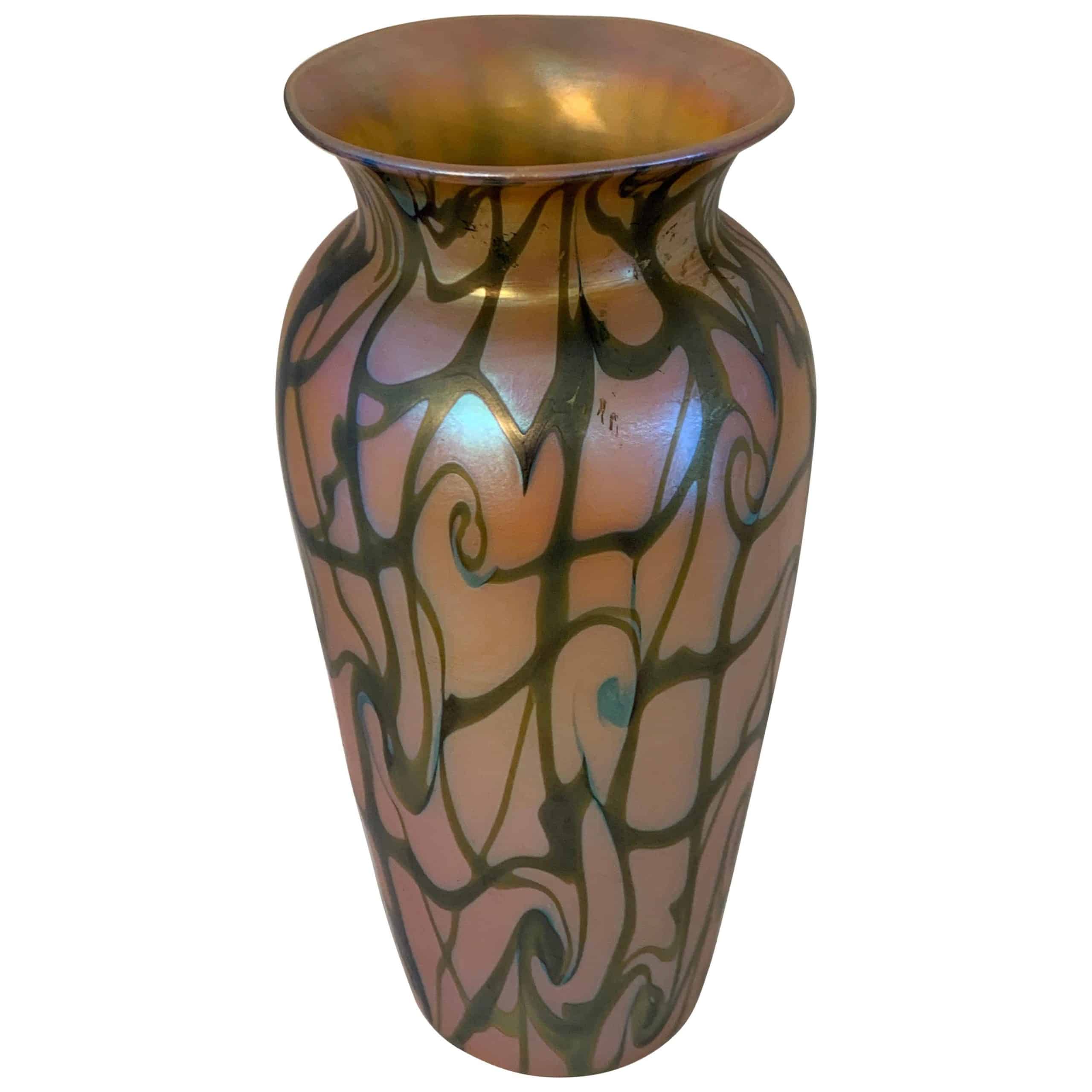
2. Carnival glassware
The Fenton glass company developed this glass type in 1907 as a cheaper Tiffany’s Favrile glass option. Since they were too expensive for an average American family, the company gave them as rewards during carnival games.
Even though demand declined by 1925, collectors discovered these items in the 1950s. The most prominent feature was a colorful sheen displaying different colors depending on the view angle.
Nowadays, these collectible items’ price depends on their type, size, color, condition, and production year. The most expensive are sets, sizable pieces, and those produced before the 1940s. Rare items made of ice green and marigold glass are also pricey, and you need to set aside over $16,000 to get one.
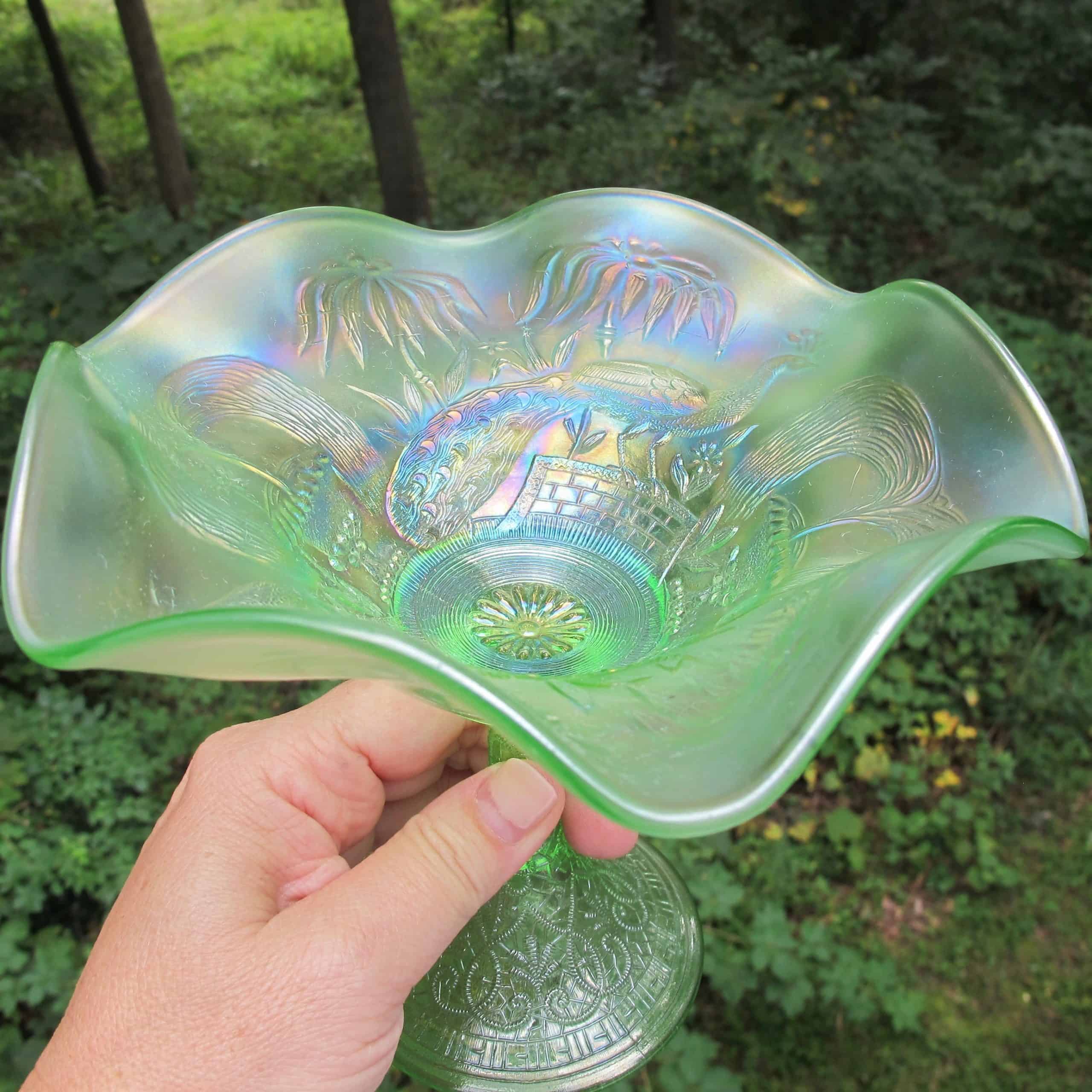
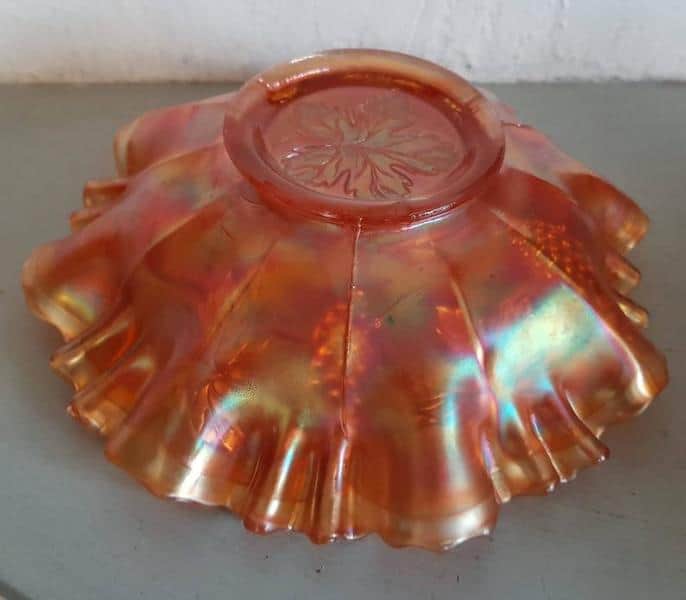
3. Crystal glassware
This glassware type reminds regular glass but is of higher quality. Wealthy people started using these pieces produced from lead in the 19th century and enjoyed their reflective features.
Crystal glassware manufactured in that period is considered antique, while those from a period after WWI are vintage.
The quickest way to distinguish pieces made of crystal and ordinary glass is by their appearance, possibility to reflect light, and the typical sound you get while running a finger along the edge. They are also smoother, weightier, and more durable.
Prices widely vary, depending on the manufacturer and the item’s design, size, quality, age, and condition. However, the most pricey are those produced during the American Brilliant period. Highly decorated old crystal glassware can reach $1,000 to $4,000 at auctions.
4. Milk glassware
The opaque white glass was a cheaper version of European and China glass. The old milk glass was trendy in the US at the beginning of the 20th century, but you can also find pieces manufactured in the 1940s and 1950s.
This glassware often came in yellow, pink, blue, brown, and black shades with characteristic latticework edges, despite its name. Collectible milk glass canisters, bowls, vases, and cups of different shapes were made of blown or pressed and translucent or opaque glass.
5. Depression glassware
Manufacturers produced elegant but inexpensive Depression glassware from 1925 to 1955, but it was the most popular during the Great Depression. It came in various patterns, colors, and sizes. Nowadays, you can find these collectibles on the antique market, and their prices depend on quality, condition, and color.
The most valuable are well-preserved and intricately designed pink, green, and blue pieces. This glassware type always comes with flaws, like inconsistent coloring, bubbles, and long thin lines on the base, that verify its authenticity.
6. Elegant glassware
Besides inexpensive Depression glassware highly popular during the Great Depression, skilled craftspeople continued to produce top-notch handmade glassware.
These elegant pieces came in several types, designs, and colors. Their value in the current market depends on these features, conditions, the manufacturer, and the production year.
You can recognize this glassware produced in numerous colors by its intricate etched flower design. The price range is wide, and you can find cheap candle holders for approximately $15 or pay thousands of dollars for a dinnerware set.
7. Kitchen glassware
This affordable Depression glassware category was popular during the Great Depression. It was created of a few glass types, like:
- Light opaque green Jadeite glass
- Opaque green Fire King glass
- Opaque blue Delphite glass
- White Platonite glass
You can buy salad or dinner plates for $15 or pay a few hundred dollars for rare ball pitchers, large mugs, and measuring cups.
8. American brilliant glassware
Handmade cut glassware dates from Ancient Egypt, but it became popular in the US from 1850 to the early 1900s. Nowadays, collectors look for high-quality pieces, but you should distinguish antique cut glass from the American Brilliant glass produced from 1876 to 1917.
Most older items are without signatures since craftsmen often tried to sell their products as expensive European glass. However, pieces manufactured from the late 1800s always have a signature.
Antique Glassware Manufacturers
Dozens of glass companies produced glass considered antique nowadays. The most popular were:
- Westmoreland started hand-decorated, carnival, and milk glass production in 1889
- Hazel-Atlas company began producing machine-molded glass in 1902
- Fenton, established in 1905, was famous for unique colored glass
Fenton glassware
Fenton glass company was a prominent American glassmaking glassware manufacturer that introduced carnival glass in 1907. Over the years, they produced numerous glass types, including opalescent, chocolate, carnival, custard, and milk, and created more than 150 different glass patterns.
Many collectors enjoy Fenton’s handmade glass design and style, whether it is bright or twisting spiral pieces. All collectibles produced before 1973 have stick-on labels that often tear away, making identification challenging. After that period, the company used an oval-shaped raised logo.
Precious Fenton antique art glassware |
|
| Fenton art glassware | Price |
| Curtain optic vase | $3,200 |
| Opalescent floor lamp | $1,750 |
| Jade turtle with opalescent aquarium | $1,525 |
| Pink rose bubble optic lamp with five bulbs | $1,500 |
| Burmese painted lamp | $1,200 |
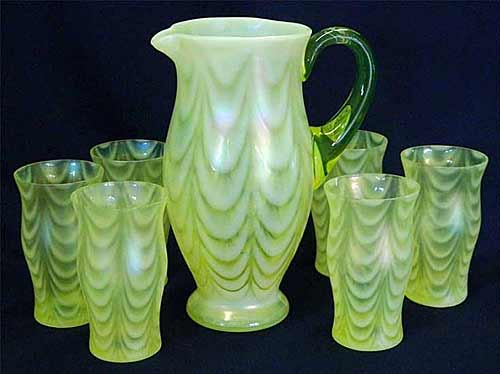
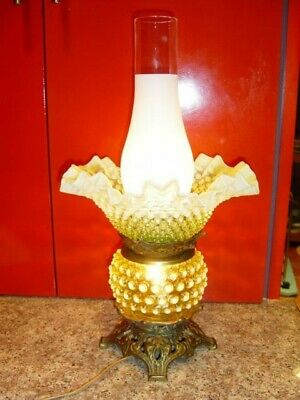
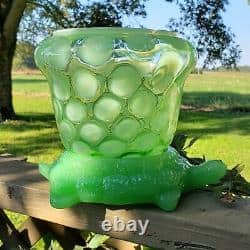
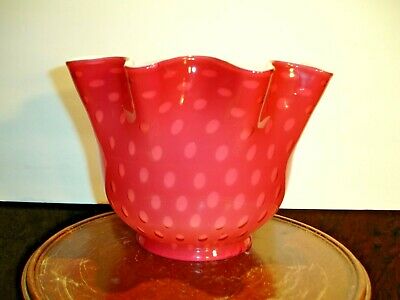
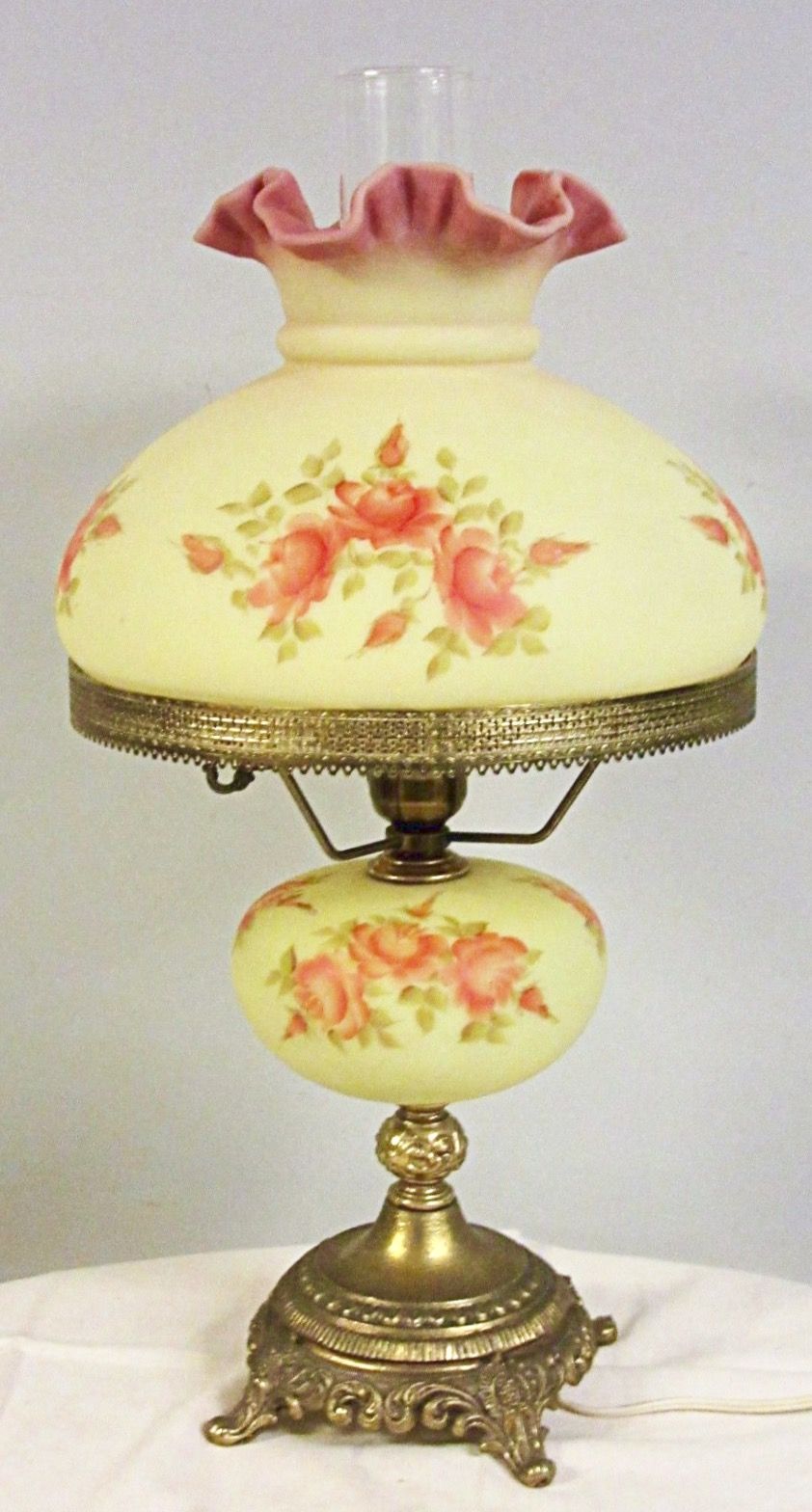
You can find their pieces for $10 to $100, depending on glassware design, motifs, and color. However, ebony vases will cost you hundreds of dollars, while rare carnival and cranberry pieces are worth thousands of dollars.
Fenton rose pastel vase
A Fenton introduced a hobnail 4.5 inches (11.5 cm) tall vase in 1939, based on the Victorian dewdrop glass. It typically costs $15 to $50, but pieces made of iridescent and opalescent glass are worth more.
Fenton autumn acorns bowl
This item from 1907 was marketed as an iridescent assortment with a golden sunset in the beginning. In most cases, you need to set aside $65 to $150 for an antique piece with carbon dirt and tiny air bubbles.
Fenton candleholder ‘Rose crest cornucopia’
This candleholder produced from 1946 to 1948 is typically worth $20 to $30. However, a pair can reach $50 to $100, while the three-piece set with the matching bowl costs at least $100.
Fenton bowl with dolphins
The company produced this beautiful green crimped candy bowl from 1929 to 1931. It is worth approximately $25 to $125 nowadays, but rare cobalt blue is more pricey.
Fenton black rose bowl
A vintage black rose bowl created and produced from 1953 to 1955 is worth $65 to $75 on the current market. However, you can find pieces for $100 to $115 with increased demand.
Fenton button hat with daisies
The 3 inches (7.6 cm) tall Fenton hat with daisies and buttons was introduced in 1910. You can use it as a bud vase or toothpick holder after paying $10 to $30. The most expensive are old pieces made of opaque and transparent glass.
Fenton marigold bowl
This unique marigold bowl with a characteristic band pattern was designed in 1907. You can distinguish pieces from different years based on these patterns that came as medallion designs, stippled rays, and smooth rays. Their prices vary depending on the available supply.
Summary
If you want to start collecting antique glassware, you should learn something about its history and ways to pick out the original piece. Since many manufacturers produced various glassware types and developed different patterns, you may find it tricky to recognize them.
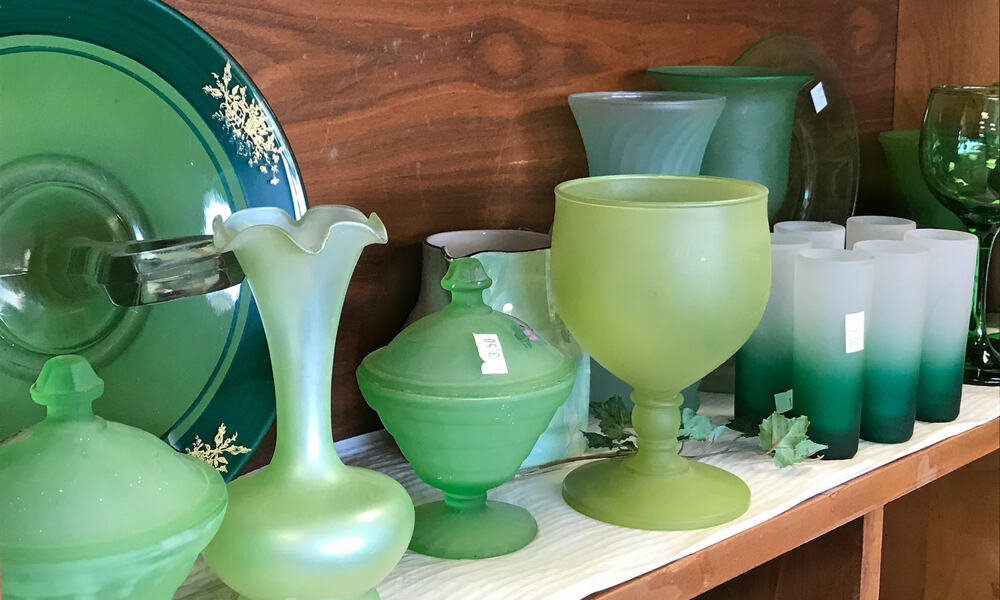
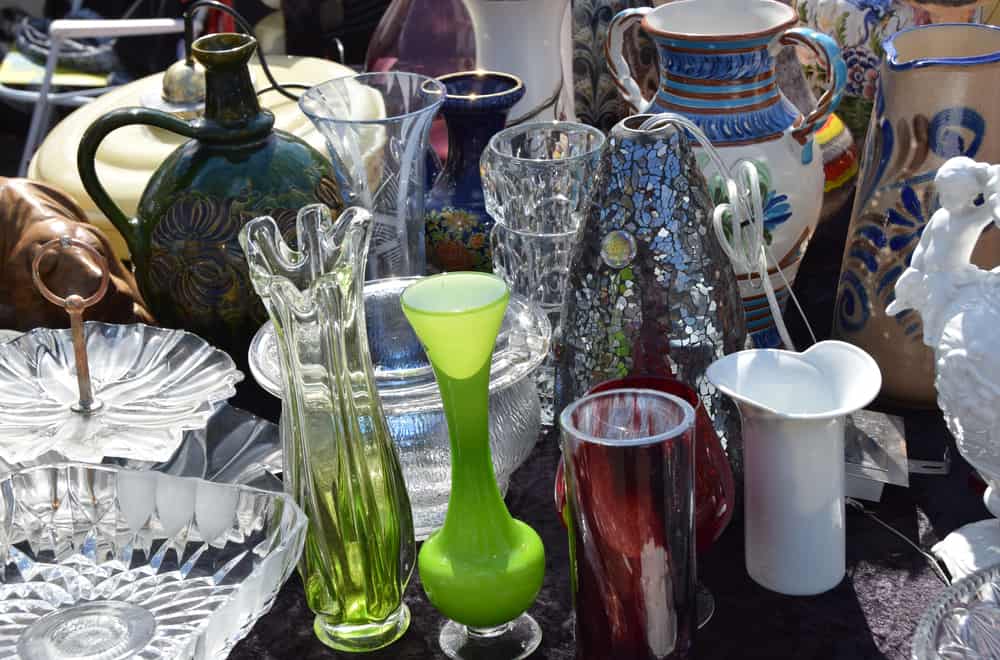
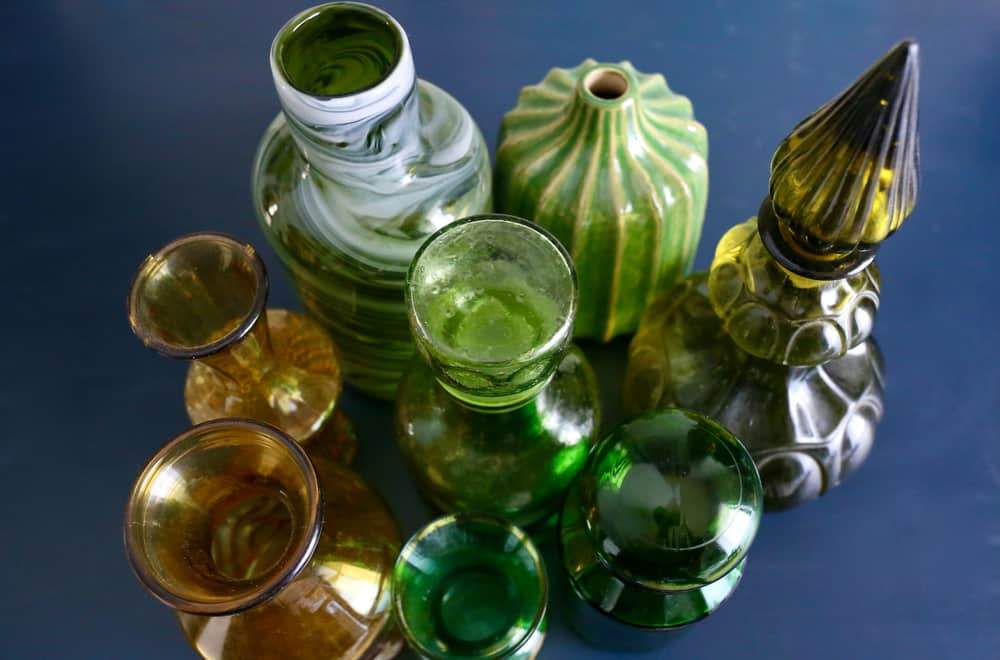

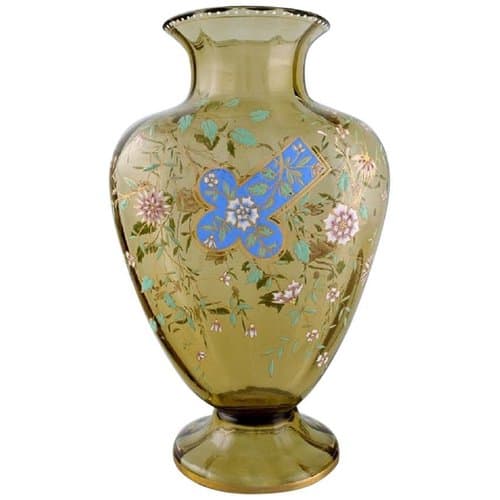
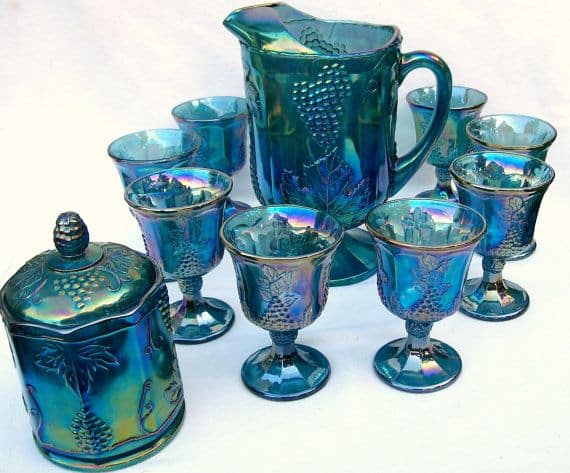
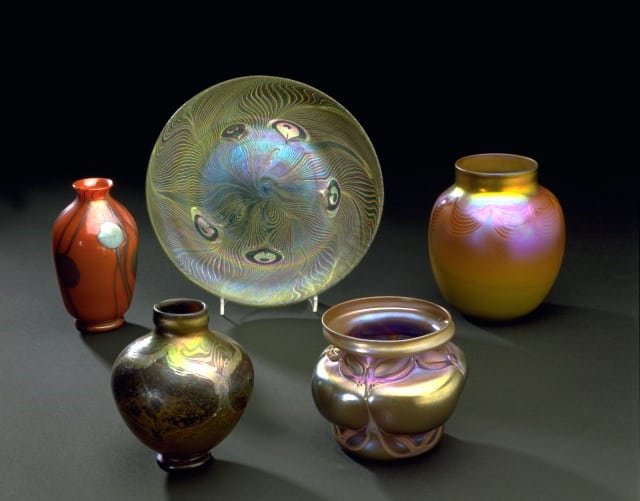
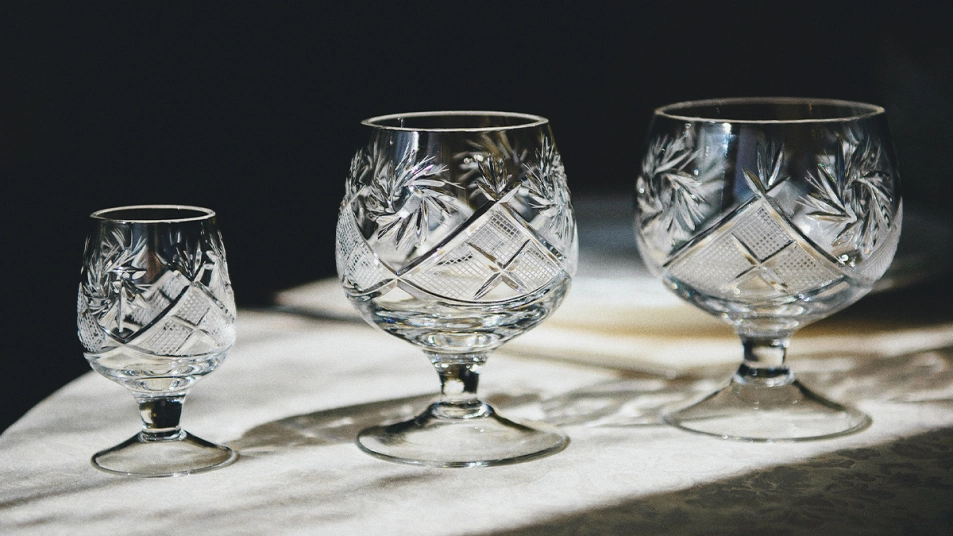
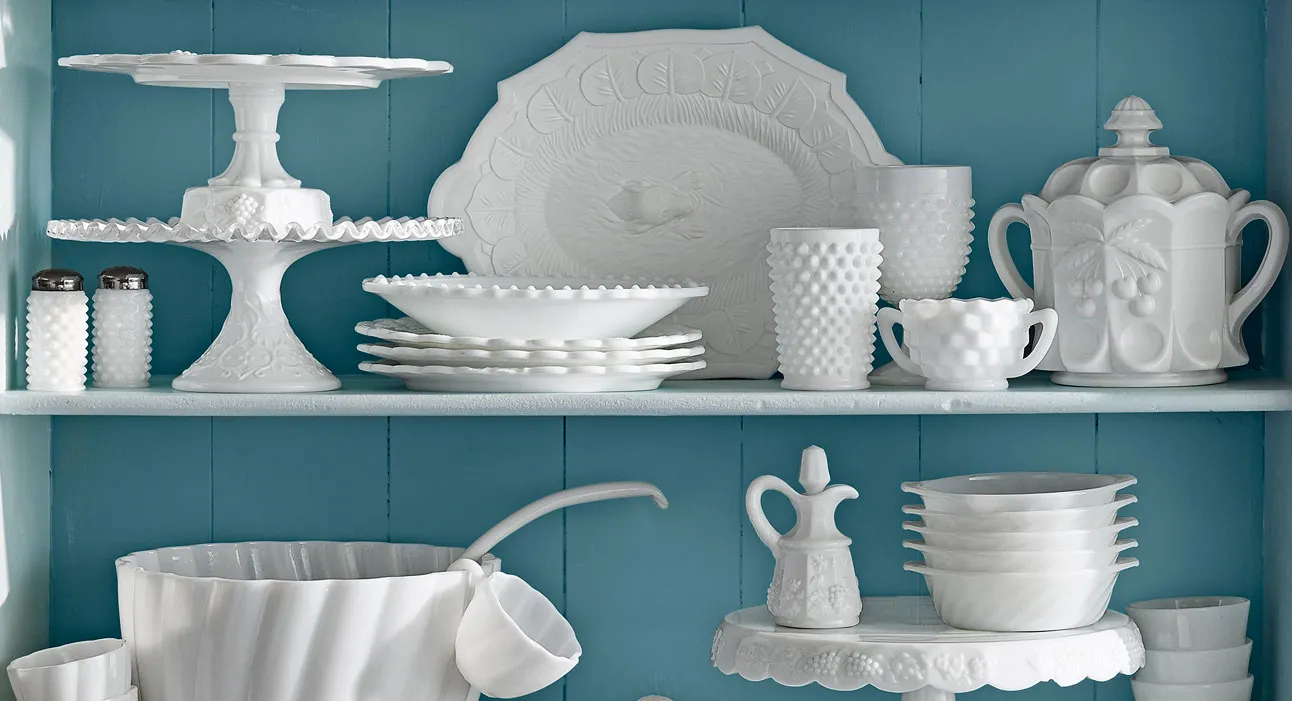
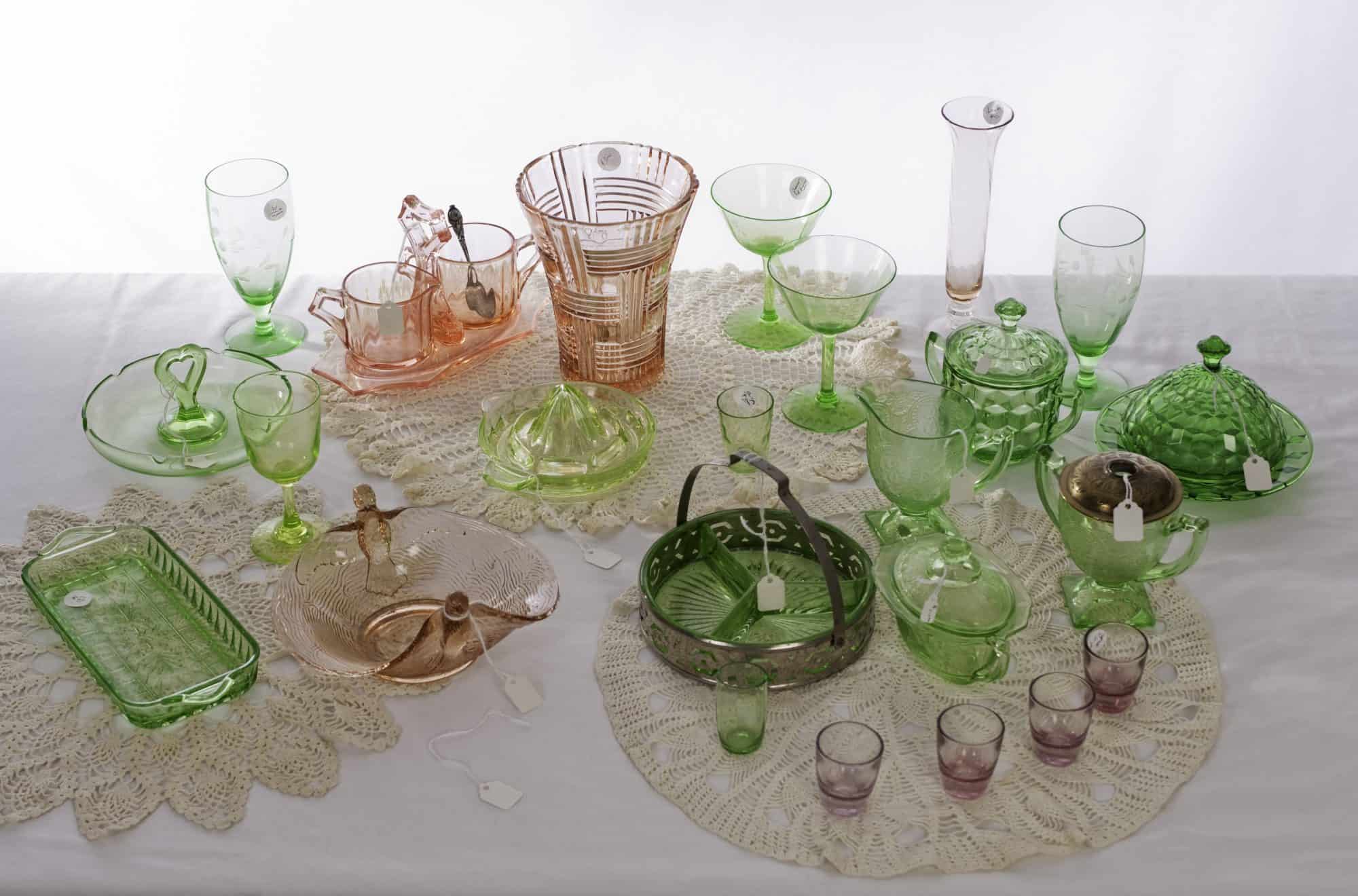
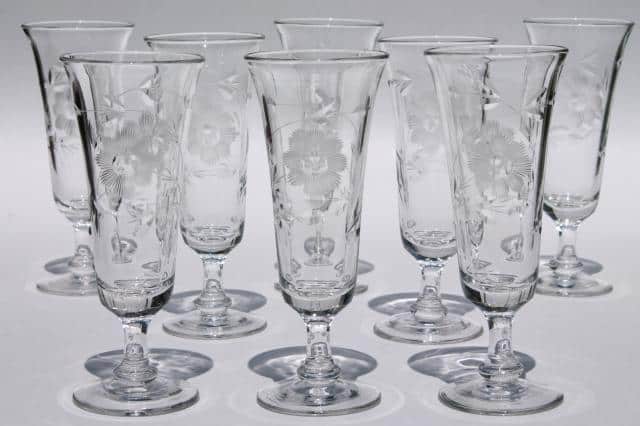
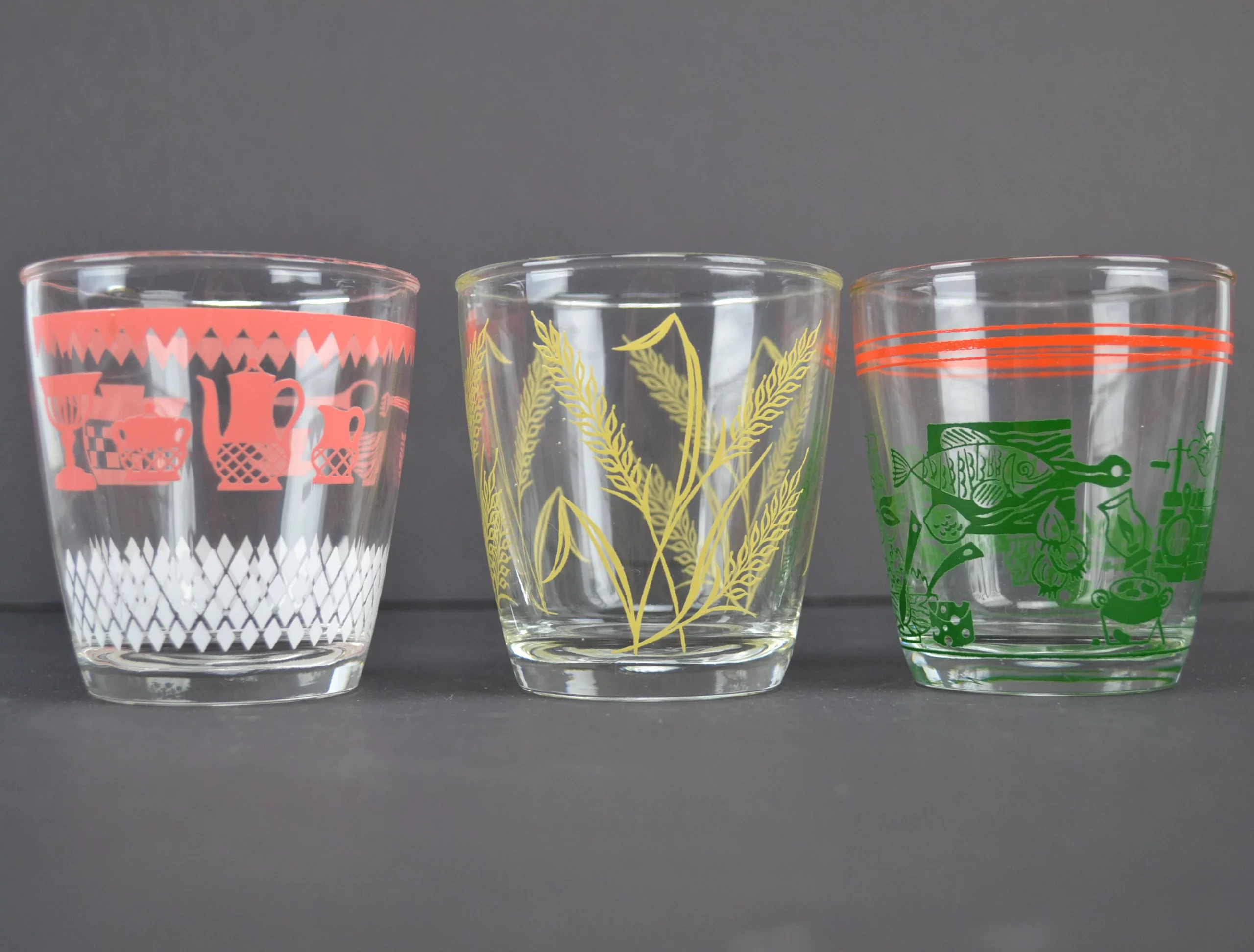
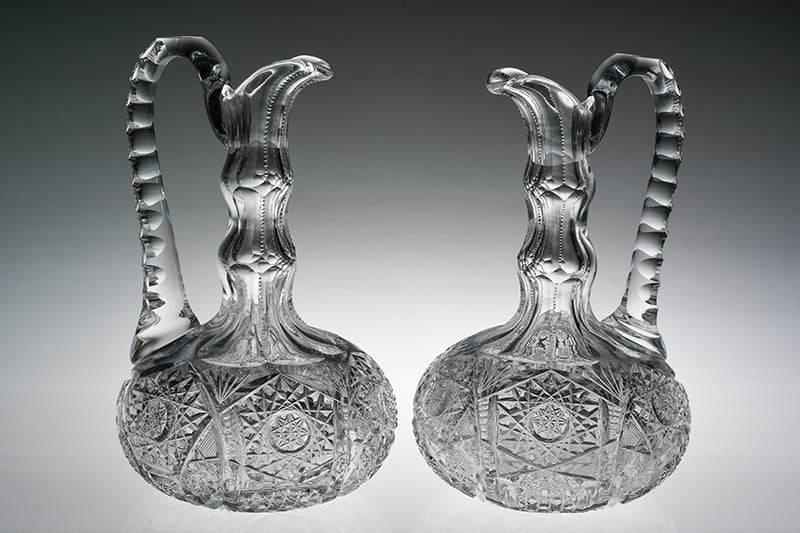
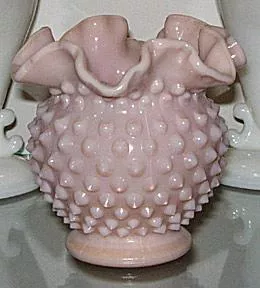
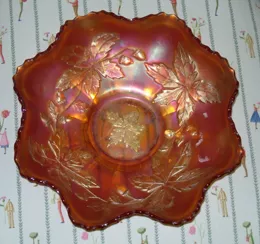
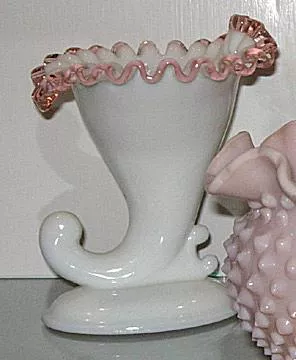
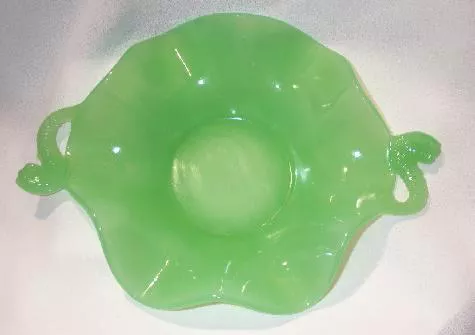
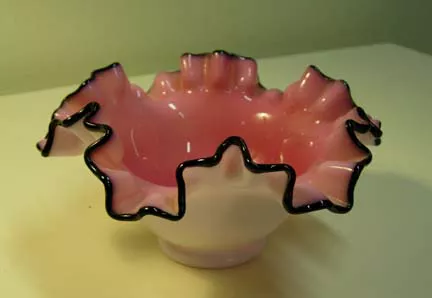
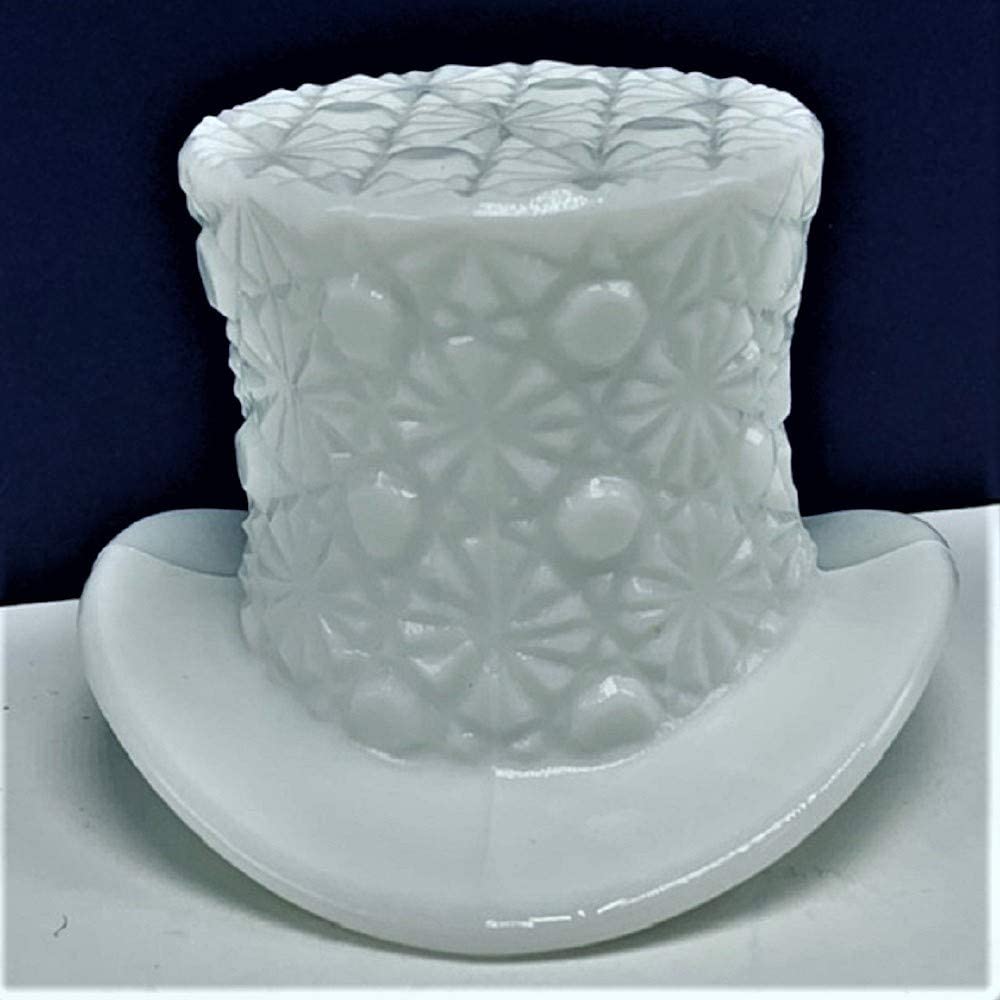
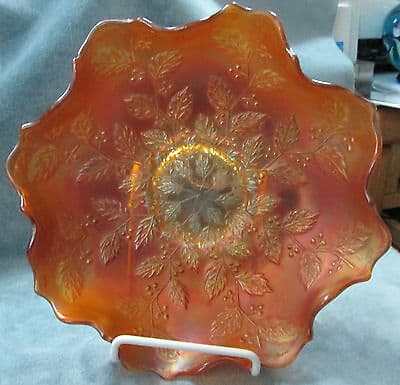
I have some antique glass war these are original these are more than about hundred years old i want to sell them if you are interested please contact me
I’ve got a lot of antique glassware and different types of collectibles, I’m also wanting to sell , if anyone is interested. (Nathan Kinser) 1 812-596-4068